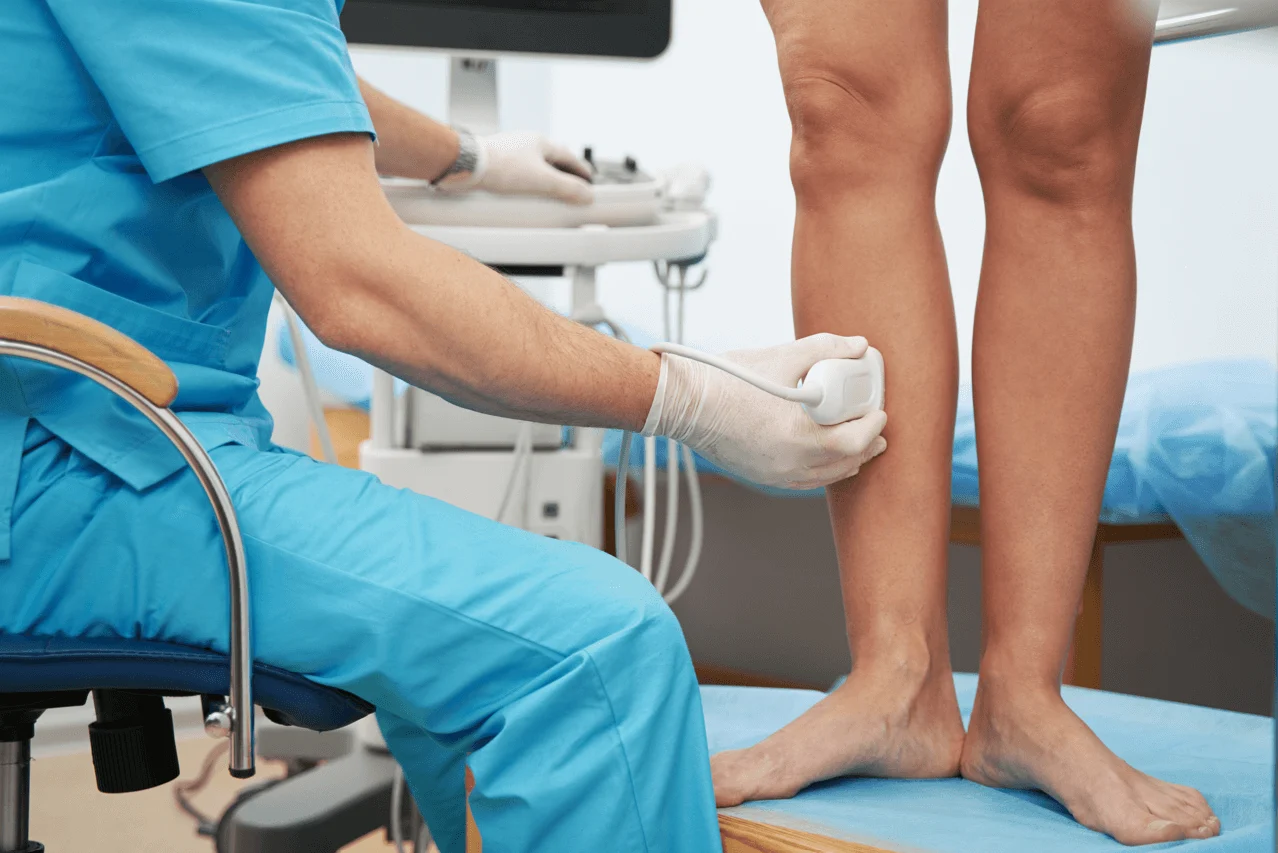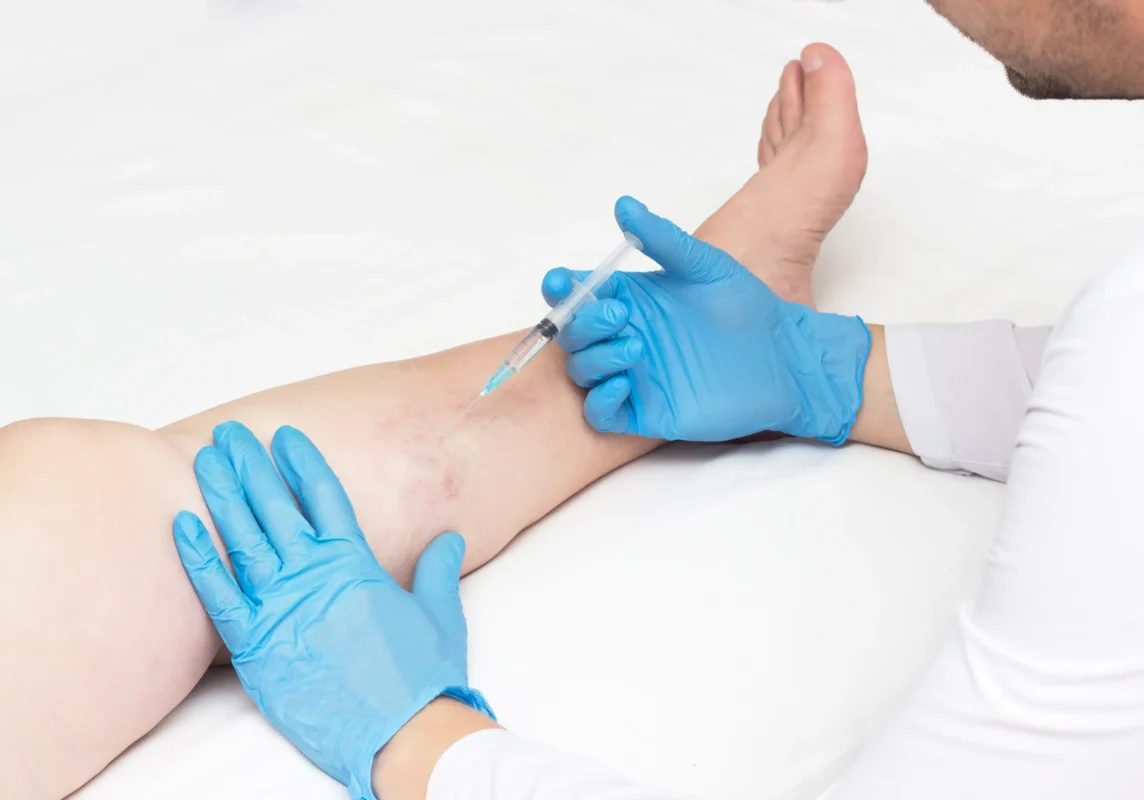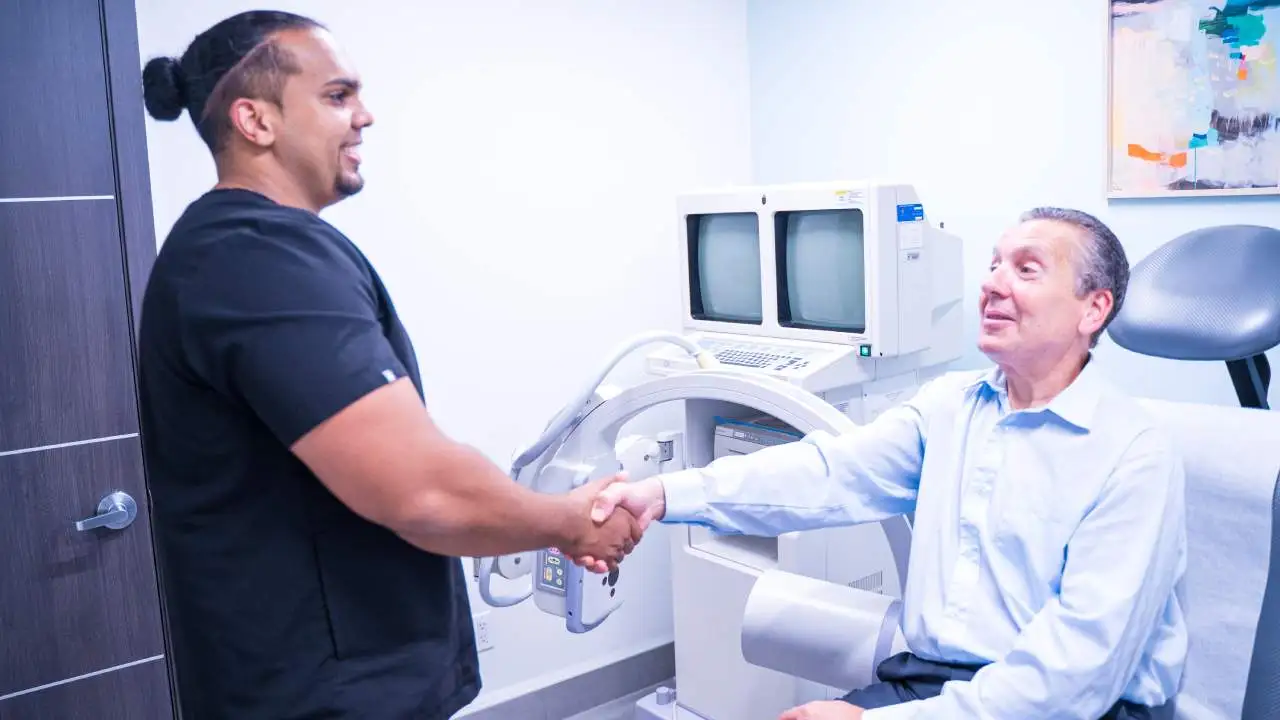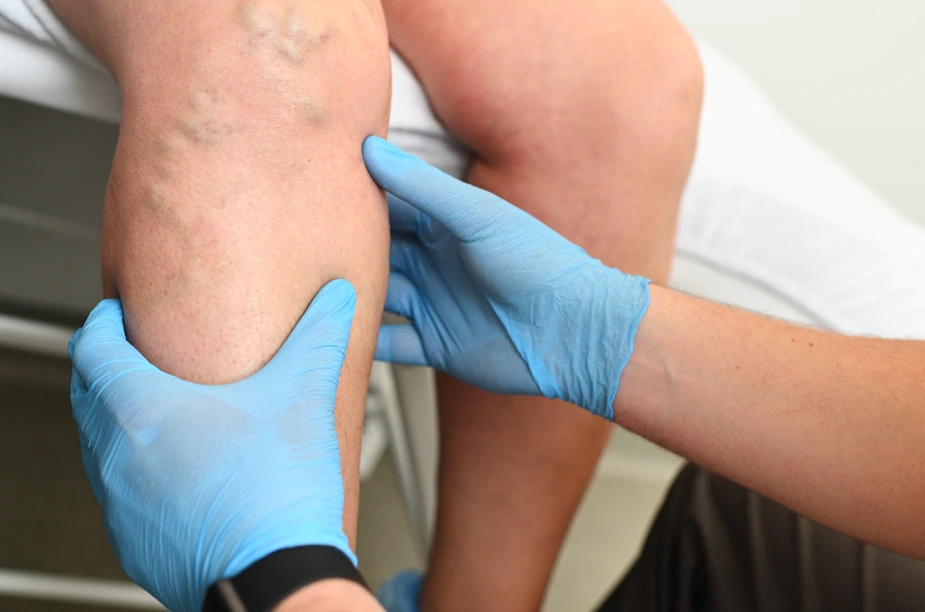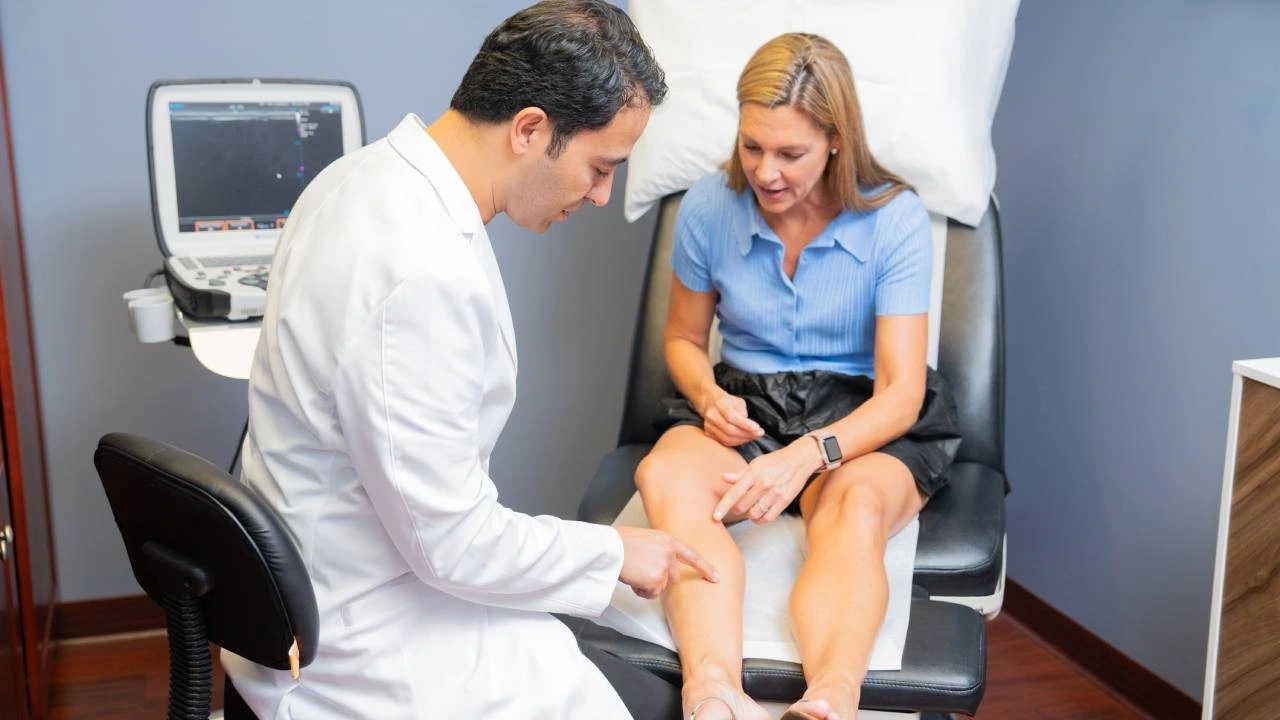Patients in Astoria searching for the best vein clinic should look at the technology available. Modern imaging like duplex ultrasound and minimally invasive treatments help ensure accurate diagnosis and faster recovery. Here’s a checklist that can guide you when comparing local options.
Why does technology matter when choosing a vein clinic?
How imaging helps doctors detect vein disease early
Vein disease often starts subtly, with symptoms like heaviness, swelling, or visible veins. Without the right tools, these early signs can be overlooked. Imaging technology allows vein specialists to see blood flow beneath the skin and detect problems before they become more advanced.
Why duplex ultrasound is the gold standard in vein diagnosis
Duplex ultrasound combines traditional ultrasound with Doppler imaging. This allows doctors to both visualize the vein’s structure y measure how blood moves through it. It’s painless, quick, and provides precise mapping that guides treatment.
How advanced tools improve treatment outcomes
When clinics rely on updated technology, patients experience safer procedures, shorter recovery times, and more reliable results. Outdated methods, like surgical vein stripping, are rarely necessary today because minimally invasive options are both effective and patient-friendly.
How can I tell if a vein clinic uses advanced technology?
Questions to ask during your first consultation
Patients can ask:
- “Do you use any kind of ultrasound for diagnosis?”
- “Which minimally invasive treatments are available here?”
- “What technology is used to monitor safety during the procedure?”
Certifications and training that ensure doctors use technology correctly
Advanced tools are only effective in the right hands. Choosing a board-certified vein doctor like Dr. Shaun Cole ensures that the technology is applied properly for the best results.
Signs a clinic may be outdated or relying on older methods
If a clinic still recommends vein stripping as a first option or does not use duplex ultrasound, it’s a sign that their methods may not reflect current best practices.
What should I expect during an ultrasound at an Astoria vein clinic?
Step-by-step explanation of the test
During your visit, a vein specialist will apply gel to your leg and gently glide the ultrasound device over the skin. The process is completely non-invasive.
How long the scan usually takes?
Most scans take 15–30 minutes, depending on how many veins need to be examined.
What results mean for your treatment plan?
Your doctor reviews the scan in real time and explains what’s happening in your veins. This information is essential for creating a treatment plan that addresses both medical needs and your personal goals.
How do insurance and costs fit into the technology checklist?
Does insurance cover duplex ultrasound and minimally invasive treatments?
Most major health plans cover procedures like duplex ultrasound and RFA when they are medically necessary. Treatments for spider veins may not always be covered, depending on your plan.
How clinics help with approvals and paperwork?
At our Astoria clinic, the insurance team works directly with providers to handle pre-approvals and authorizations. This means patients can focus on their health instead of paperwork. Learn more on our insurance page.
What to know about out-of-pocket costs?
For patients without insurance coverage, clinics should provide clear, upfront cost estimates. Minimally invasive procedures are generally more affordable than traditional surgery because they are performed in-office without hospital stays.
We are proud to announce our newest Vein Treatment Clinic in Astoria, led by Dr. Shaun Cole. Conveniently located near Astoria Park and accessible via the N/W subway lines, our clinic makes expert vein care easier than ever.
If you’re comparing options, use this checklist and schedule a consultation today by calling 917-993-5375 or visiting our Google Maps location.
Frequently Asked Questions
Are vein treatments painful or do they require anesthesia?
Most minimally invasive vein treatments are performed with local anesthesia and are generally well-tolerated. Patients usually experience minimal discomfort during the procedure and can return to normal activities quickly.
How long does it take to see results after minimally invasive vein procedures?
Many patients notice improvement in symptoms like swelling and heaviness within a few days. Cosmetic results, such as reduction in visible veins, may take a few weeks as the treated veins gradually close.
Can lifestyle changes or exercise help prevent vein disease alongside treatment?
Yes. Maintaining a healthy weight, staying active, elevating your legs, and avoiding prolonged sitting or standing can support vein health and complement treatment outcomes.
How often should I have follow-up vein scans after treatment?
Follow-up ultrasound scans are typically scheduled a few weeks after the procedure to assess results. Additional scans may be recommended annually or as advised by your vein specialist to monitor long-term vein health.


